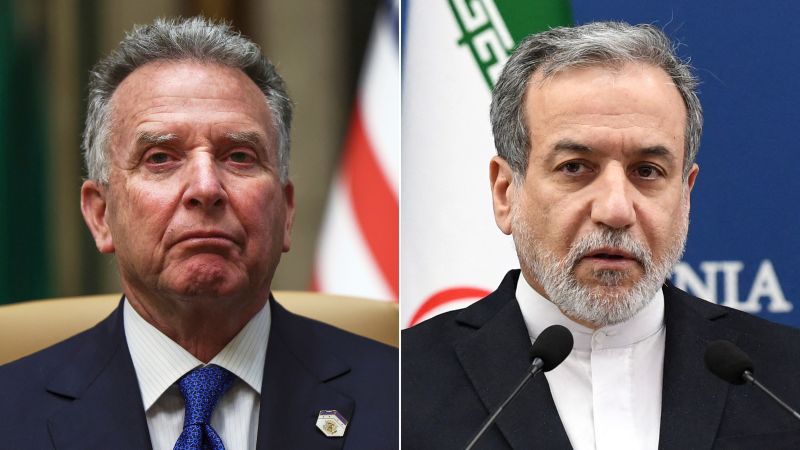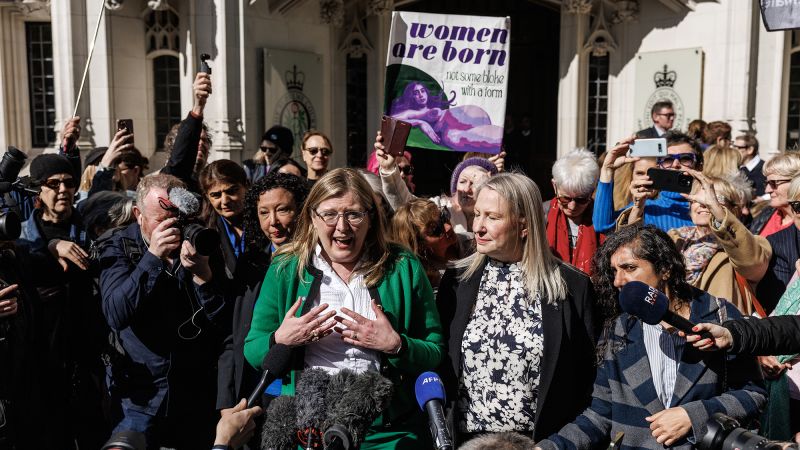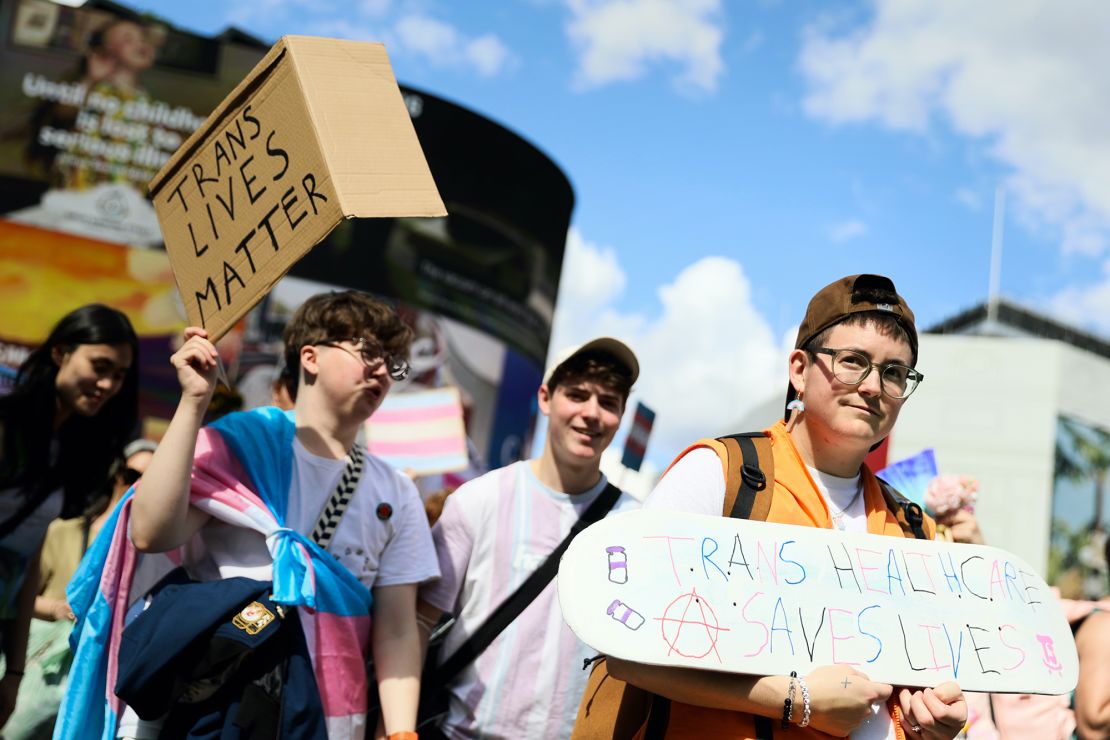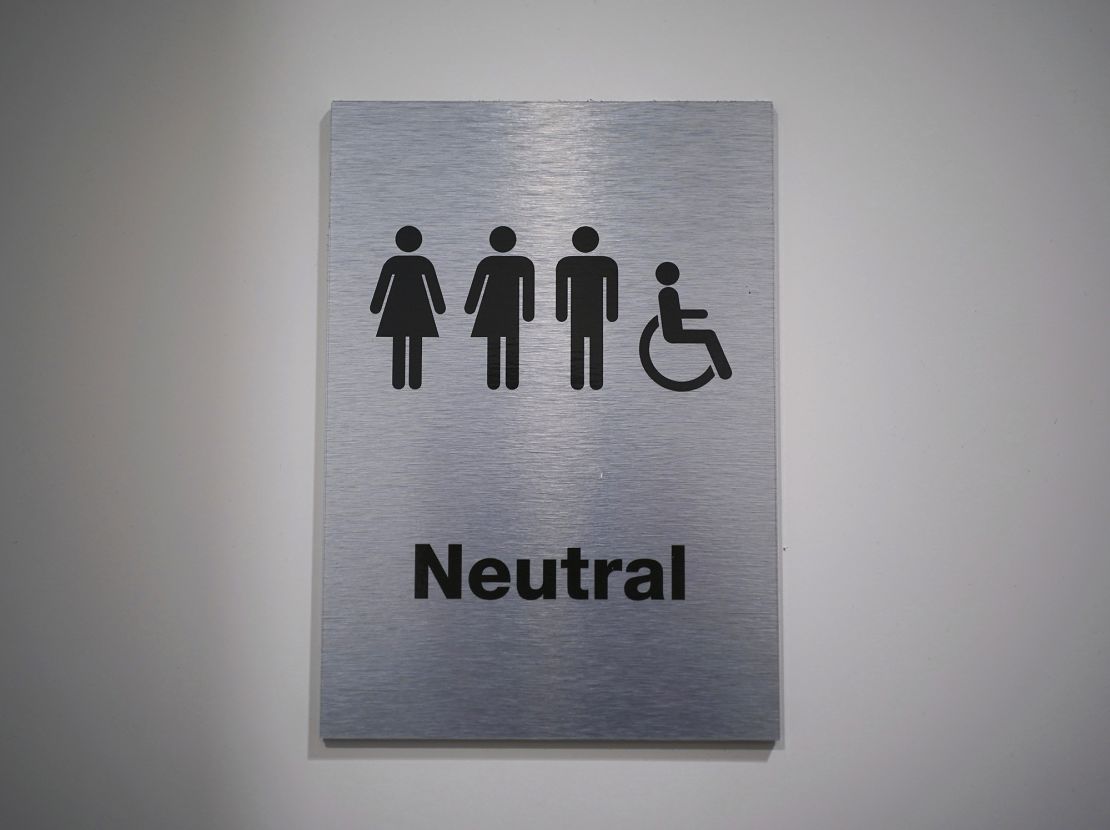CNN
—
There are only a handful of architects in contemporary history whose names are widely recognized.
Think Zaha Hadid, known for her futuristic, sinewy forms that seem to defy structural logic (see, for example, the Heydar Aliyev Center in Baku, Azerbaijan). Or Frank Lloyd Wright, with his long, often low-slung homes of concrete and red tidewater cypress, designed to harmonize with their surroundings (Fallingwater, one of his most famous works, is perched over a creek in a quiet glade outside of Pittsburgh, Pennsylvania).
Among this cohort is also Ludwig Mies van der Rohe, whose vision of industrial modernism helped define the look of postwar urban America. His signature materials — high-tensile steel, black graphite paint, broad panes of glass — and his minimalist ethos of “less is more” set him apart from the more decorative, hand-hewn buildings of earlier generations.
Often referred to simply as “Mies,” the architect and furniture designer was born in Germany in 1886 and relocated to Chicago, Illinois in 1937, where he lived and worked (in part as the head of architecture at what is now the Illinois Institute of Technology) until his death in 1969. So notable was Mies’s fastidious approach and masterful oeuvre throughout the 20th century that, upon his passing, The New York Times described him as a singular “leader of modern architecture” in his obituary.
And now, his legacy is expanding.
At the 2025 edition of the world’s most prestigious design fair, Salone del Mobile, in Milan, Italy, his iconic “Barcelona” furniture line — a sleek, blocky trio of a chair, daybed and footstool — is receiving its first major update in decades. Added options in the range feature new upholstery choices in twill, velvet and linen, and an ultra-matte black frame (perhaps a subtle nod to the architect’s hallmark painted steel). Previously, Barcelona items have only been available in various leathers, with polished chrome frames.
First shown at the German Pavilion at the 1929 International Exposition, the Barcelona chair — the most well known item from the trifecta — wasn’t exactly as it is today: the piece featured only white pigskin and a chrome plated frame that had to be bolted together. Conceived in collaboration with the architect and designer Lilly Reich, it was to function as a ceremonial seat for King Alfonso XIII of Spain at the opening of the expo; its shape reportedly molded after an ancient Roman folding stool.
The furniture company Knoll, which later acquired the rights to produce the Barcelona designs in 1948, helped to reengineer the apparatus, forming the swooping “X” shape chassis upon which the squared-off cushions sit. The same cantilevered structure is seen on the footstool, while the daybed, which Knoll calls a “couch,” follows a more traditional four-legged blueprint.
The Barcelona range, which has since been in production for nearly eighty years, is made and sold by MillerKnoll (the company was formed following Herman Miller’s 2021 acquisition of Knoll) — and it’s not cheap: base models for the chair start at nearly $8,000. Regardless, it’s a bestseller.

On its significance, Amy Auscherman, MillerKnoll’s head of archives and brand heritage, told CNN: “Because the chair in particular has become such a part of visual culture, people are surprised to learn that its original form was developed almost 100 years ago. The line has become emblematic of modernism.”
The reluctance to introduce new variations, until recently, stemmed from a desire to stay true to Mies’s tastes and in keeping with the chair’s original hide-based upholstery. But, after recent consultations with professors and authors, the team at Knoll learned that Mies did not oppose the use of other textiles in the collection. If anything, the architect was deterred by the process itself: “The chair is a very difficult object,” he told Time magazine in 1957. “A skyscraper is almost easier.”
Auscherman described the Barcelona chair especially as “an almost anonymous design,” given how established the piece has become in contemporary design vernacular. A prized object within homes, but also office and corporate spaces, the chair retains a universality that’s unusual in the often dissimilar worlds of residential and commercial decor.
Yet, the architect’s work is anything but incognito. There is a clear aesthetic signature to his work, which is informed by a broad swath of 20th century influences — Germany’s progressive Bauhaus school specializing in modernist art, design and architecture, of which he was the third and final director before its dissolution in 1933, and Western Europe’s International Style movement being among them. It’s clean, it’s linear, but there’s a human throughline — flourishes of imagination, where permitted, and always with restraint.

Mies is perhaps most remembered for iconic structures such as New York City’s Seagram Building, a midtown skyscraper completed in 1958 that is still heralded as a beacon of corporate modernism; the Edith Farnsworth House in Plano, Illinois, an ethereal, minimalist residential design made from industrial materials; and the Lafayette Park residential district in Detroit, Michigan, which is considered to be among the United States’ most successful post-World War II urban redevelopment projects, with its multiple-unit townhomes and high-rise buildings erected alongside acres of greenery, recreation facilities and schools.
Much like his furniture, there’s modernity and usefulness in his projects, each formed with a finite attention (Mies was known to say: “God is in the details”). In his legacy, artistry and utility co-exist — it’s effectively why his footprint remains so pervasive today, said Jonathan Olivares, senior vice president of design at Knoll.
“The Barcelona collection offers conceptual, formal and functional clarity,” said Olivares. “These are enduring qualities that transcend trends.”
“Mies left us with his most famous maxim ‘less is more,’” added Auscherman. “It’s a philosophy that continues to shape the way people understand modern design.”



























